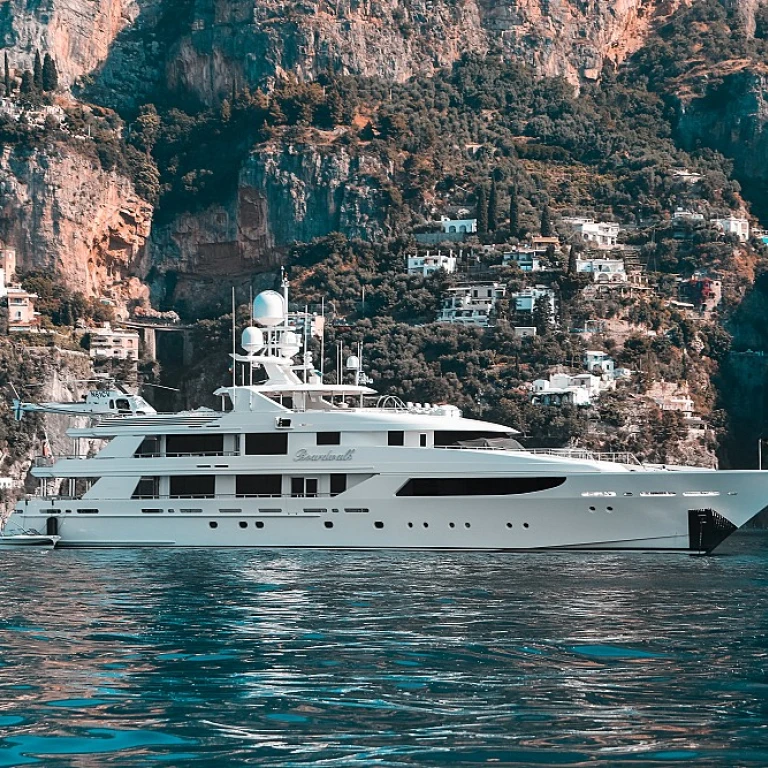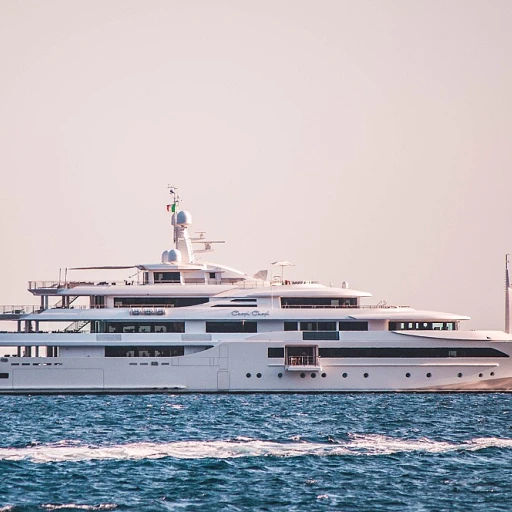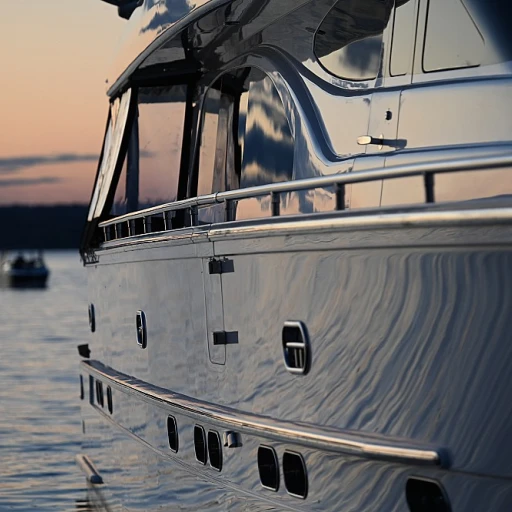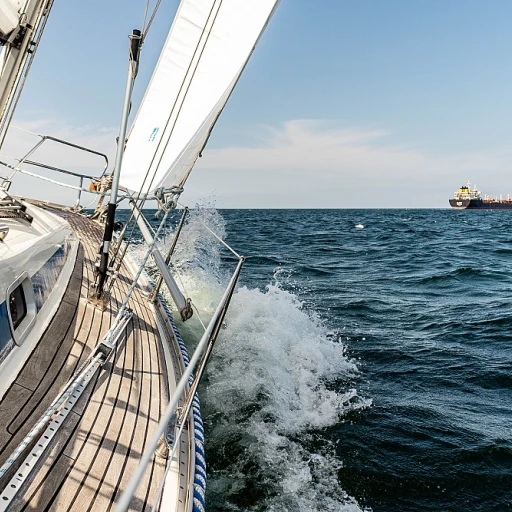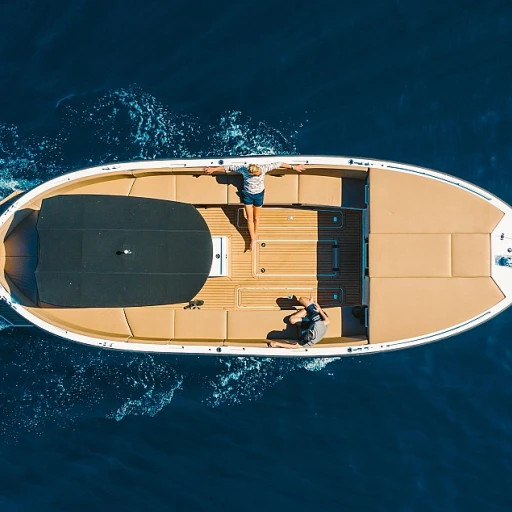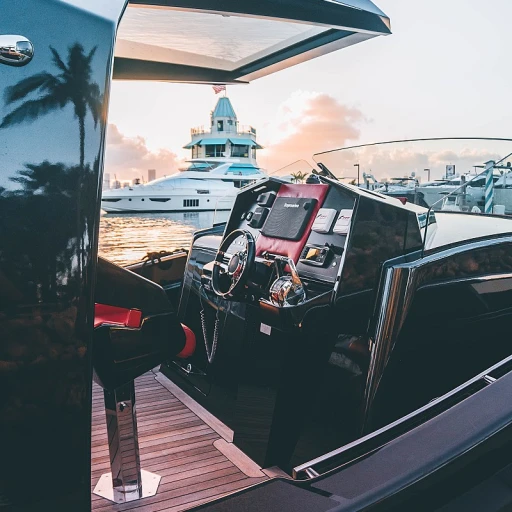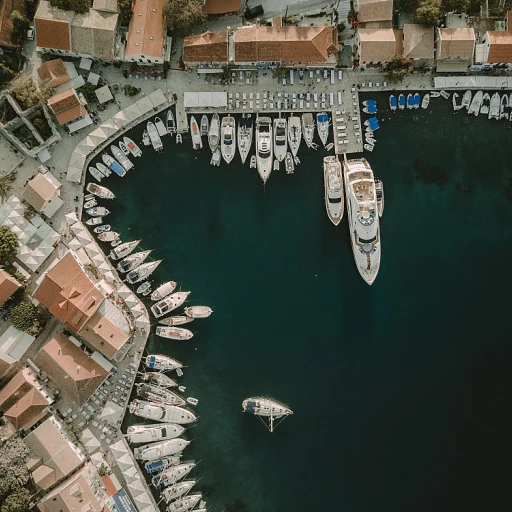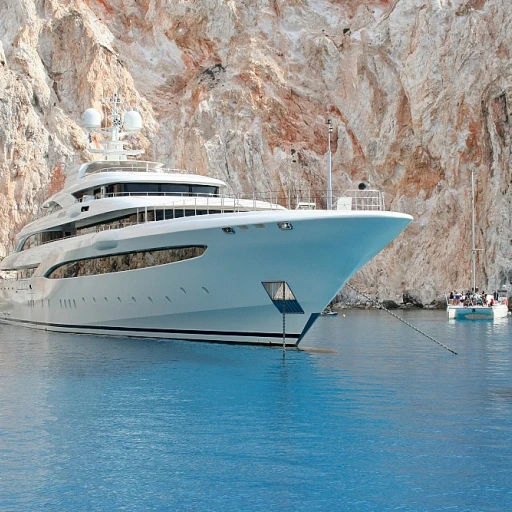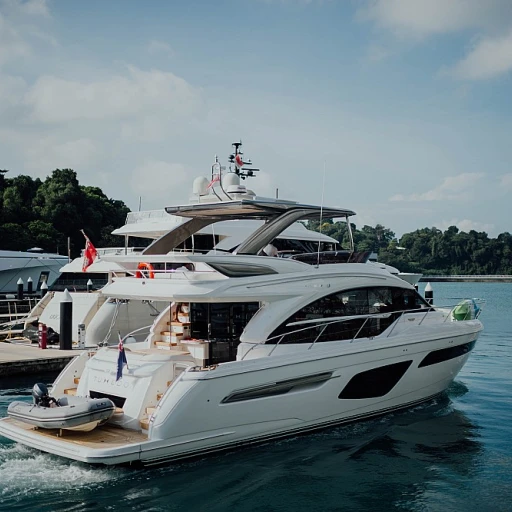Understanding the Gimballed Induction Cooktop
Navigating the World of Gimballed Induction Cooktops
For yacht chefs and culinary enthusiasts at sea, the introduction of gimballed induction cooktops marks a significant advancement in marine cooking technology. Gimballed induction cooktops combine modern induction cooking with innovative stability features required for the unpredictable movements experienced on the open water. Induction cooking, which uses electromagnetic fields to directly heat pots and pans, offers a slew of benefits for marine cooking applications. Compared to traditional marine gas or propane stove options, induction cookers provide rapid and efficient heat transfer, reducing energy waste and cooking times. Additionally, induction cooktops are safer for use on boats due to their lack of open flames, unlike gas stoves or alcohol stoves. Yacht galleys often face limited space and energy constraints, making electric power solutions like induction hobs and electric ovens desirable. The installation of a gimballed induction cooker addresses these challenges, offering a compact, efficient solution that maintains stability and safety, even when the yacht is navigating through turbulent waters. As yacht enthusiasts seek to enhance their vessels with cutting-edge tech, induction cooktops stand as a pivotal upgrade, transforming the way meals are prepared at sea. For those interested in further enhancing their yacht's tech capabilities, exploring cutting-edge tech upgrades can provide additional insights into modernizing your marine experience. Explore cutting-edge tech upgrades for yachts to complement your gimballed induction cooktop installation.The Benefits of Induction Cooking at Sea
The Advantages of Induction Cooking on the High Seas
Induction cooking is not just a trend; it’s a breakthrough that redefines how culinary tasks are managed on board. Utilizing an induction cooktop in your yacht offers numerous benefits that cater specifically to the challenges of marine environments.- Safety First: Induction cookers are inherently safer than traditional gas or propane stoves. The cooktop surface remains cool to the touch, reducing the risk of burns, a crucial factor when the boat rocks unexpectedly.
- Efficiency at Its Best: Induction hobs convert energy directly to heat in the pot, making them more efficient than conventional stoves. This not only speeds up the cooking process but also helps in conserving power, a significant asset for electric boats.
- Precise Control: The induction stove provides precise temperature regulation, allowing chefs to maintain the perfect heat for delicate dishes, an advantage over conventional gas burners.
- Easy Maintenance: With a smooth stainless steel surface, cleaning is straightforward, avoiding the hassle of scrubbing burnt food or grease off the cooktop.
- Space Efficiency: Built-in induction cooking solutions save space, important on compact marine cookers.
- Environmentally Friendly: With no combustion, induction cookers do not emit harmful gases, aligning with eco-friendly practices on new-age yachts.
Gimballed Design: Stability on the Waves
Ensuring Stability with Gimballed Design
When setting sail into the open seas, maintaining stability is a fundamental element, especially in the realm of yacht cooking. Imagine trying to keep a pot of delicious stew from sliding off a burner—enter the domain of the gimballed induction cooktop. The ingenious gimballing system allows the cooktop to pivot independently of the yacht’s movements, ensuring that your cookware remains level and secure. Whether boiling water or simmering a sophisticated sauce, this design accounts for the unpredictable nature of waterborne travel, keeping your culinary creations safely in place. Incorporating materials like stainless steel and employing advanced engineering, these gimballed systems are robust and agile. They respond to the motions of the sea, shifting in tandem to level out your pots and pans. As a result, the risk of spills in a rough sea becomes minimal, enhancing safety and convenience. For those who love ocean grilling or prefer the pressure cooker, this stability comes without sacrificing versatility. The gimballed induction setup accommodates various cooking styles—from a dependable electric oven to an induction hob in combination with a marine gas stove or cooktop. With power and precision built into its design, the induction system offers efficiency as much as it does a secure footing on the waves. Crucially, the gimballed design upholds the principles of both precision and power. Whether you’re simmering a delicate sauce on an induction hob or utilizing an oven grill for evening treats, this innovation ensures stability that inspires culinary creativity, even amidst the waves. For further enhancement of your yacht's technology, to seamlessly blend innovation with tradition, consider checking out how you can enhance your pontoon experience with a fish finder for a complete joyful voyage.Installation and Maintenance Tips
Effective Installation and Maintenance for Longevity
Installing a marine induction cooker, specifically the gimballed induction cooktop, requires careful planning to ensure maximum efficiency and safety while at sea. Installation is crucial as yachts experience constant motion; thus, a stable setup is non-negotiable. Start by selecting a location that allows ample ventilation and prevents overheating of the induction stove. Ensure the area surrounding the induction hob is clear of any flammable materials, as safety should be your top priority. The gimballed design counteracts the yacht's movement, but a proper installation will further reinforce stability. When it comes to maintenance, regularly inspect the induction cooking unit for signs of wear or damage, especially after extended trips at sea. Pay special attention to the electric, burner, and induction cooker connections, checking for any loose or corroded components. Maintaining the marine gas and electric systems will help prevent performance issues with your cooktop. Utilize proper cleaning techniques with materials designed for stainless steel or the surface of an induction cooktop. Using the right cleaners and non-abrasive sponges will keep your induction hobs and pot holders in pristine condition, ensuring they last for many voyages. Remember, keeping a well-stocked inventory of replacement parts such as fuses and pressure cooker seals on your boat can save you from inconvenient breakdowns. Regular maintenance checks will ensure your induction cooktops continue delivering the power you need, whether you're baking with an electric oven, grilling with an oven grill, or using the cooker oven for stews and soups. Whether choosing electric cooking or a propane stove setup, prioritizing installation and regular upkeep will maximize longevity and performance, guaranteeing your cooking experience at sea remains seamless and enjoyable.Comparing Gimballed Induction Cooktops to Traditional Options
Weighing New Against Old: A Deep Dive into Cooktops for Yachts
When it comes to equipping your yacht's galley, choosing the right cooking appliances is a crucial decision. The choice between gimballed induction cooktops and traditional marine options such as gas or electric stoves and ovens can significantly affect both your culinary experience and safety on board.
Traditional marine gas and propane stoves have been popular due to their simplicity and the widespread availability of LPG canisters. These options, while reliable, require proper ventilation and meticulous maintenance to prevent gas leaks, a significant safety concern on a boat.
Alcohol stoves offer an alternative, running on a safer, less volatile fuel. However, they typically lack the power and precise control of other cooking methods. Alcohol fuel canisters can be bulky and might not provide the consistent flame needed for more complex dishes.
Induction cooktops, on the other hand, have gained popularity for several compelling reasons:
- Efficiency and Speed: Induction cookers heat pots directly using electromagnetic force, resulting in faster cooking times compared to both electric and gas alternatives.
- Precision Control: The ability to dial in exact temperatures allows for more control, whether you're searing or simmering.
- Safety Features: These cooktops don't heat if there’s no pot present, reducing the risk of accidental burns—a vital feature in the confined space of a yacht galley.
Electric cooktops and ovens are another option, offering a straightforward transition for those accustomed to residential kitchens. However, they may not perform as consistently on the open sea where uninterrupted power supply could be an issue.
Stability on the waves is crucial for cooking at sea, which is where the gimballed design of certain induction cooktops shines. Gimballed units allow the heat surface to stay level, even when the boat rocks, keeping pots steady as you cook.
In terms of installation and maintenance, induction cooktops generally require less upkeep than traditional burners, although it's important that they are built to withstand the marine environment, such as with a stainless steel finish. This enhances both durability and longevity, making them a wise investment.
Ultimately, your decision should weigh factors such as cooking habits, power availability, and safety requirements. Each system has its benefits and drawbacks, but the innovative features and enhanced safety of gimballed induction cooktops certainly make them a compelling choice for modern yacht cooking.

